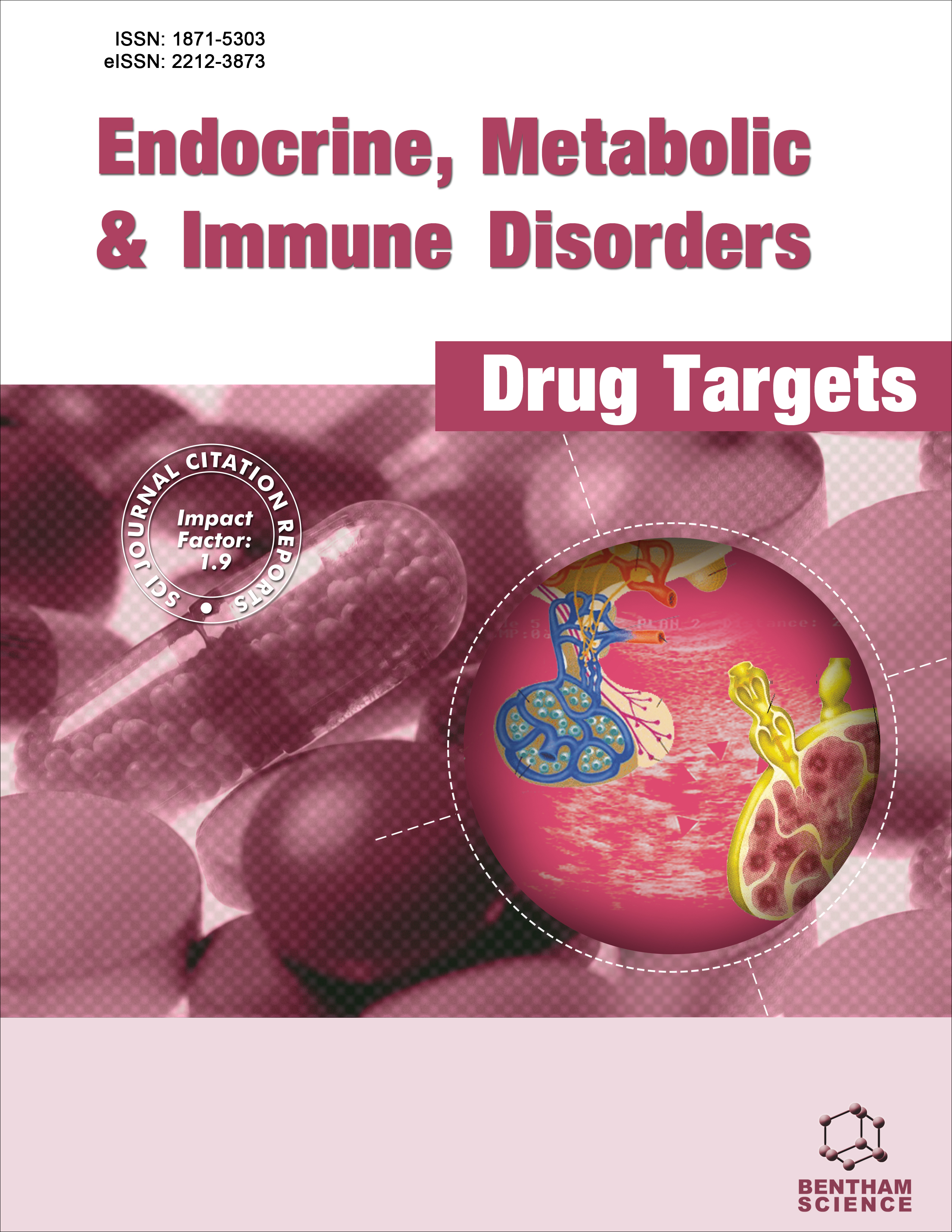-
s Italian Association of Clinical Endocrinologists (AME) and Italian AACE Chapter Position Statement for Clinical Practice: Acromegaly - Part 2: Therapeutic Issues
- Source: Endocrine, Metabolic & Immune Disorders-Drug Targets (Formerly Current Drug Targets - Immune, Endocrine & Metabolic Disorders), Volume 20, Issue 8, Oct 2020, p. 1144 - 1155
-
- 01 Oct 2020
Abstract
Any newly diagnosed patient should be referred to a multidisciplinary team experienced in the treatment of pituitary adenomas. The therapeutic management of acromegaly always requires a personalized strategy. Normal age-matched IGF-I values are the treatment goal. Transsphenoidal surgery by an expert neurosurgeon is the primary treatment modality for most patients, especially if there are neurological complications. In patients with poor clinical conditions or who refuse surgery, primary medical treatment should be offered, firstly with somatostatin analogs (SSAs). In patients who do not reach hormonal targets with first-generation depot SSAs, a second pharmacological option with pasireotide LAR or pegvisomant (alone or combined with SSA) should be offered. Irradiation could be proposed to patients with surgical remnants who would like to be free from long-term medical therapies or those with persistent disease activity or tumor growth despite surgery or medical therapy. Since the therapeutic tools available enable therapeutic targets to be achieved in most cases, the challenge is to focus more on the quality of life.


